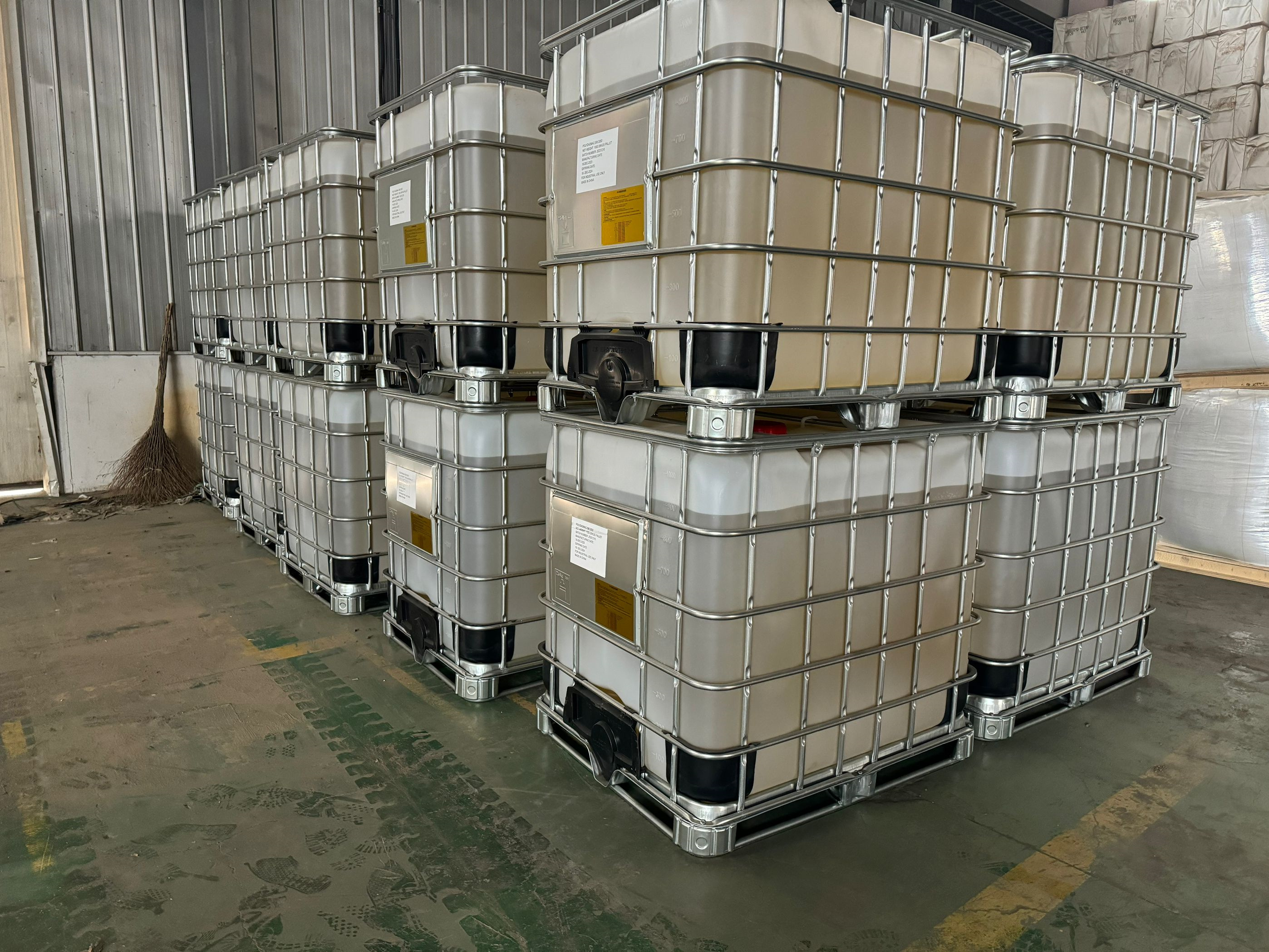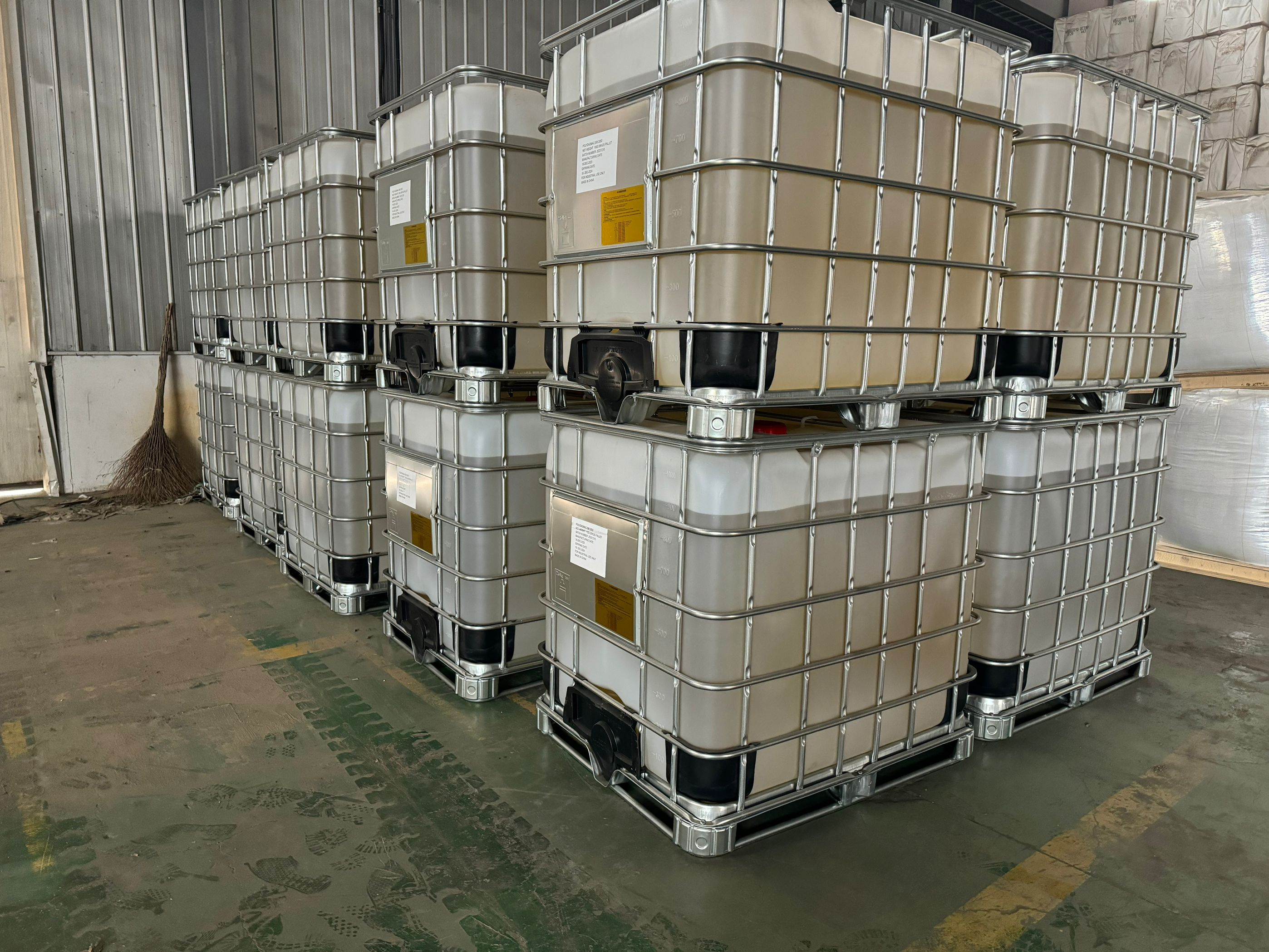With the increasing attention to environmental protection, the consumption of polyacrylamide products in the field of water treatment is increasing. At present, polyacrylamide is mainly used as coagulant aid and flocculant in water supply treatment and sewage treatment.
Application of anionic polyacrylamide (AN923,934,945) in water treatment and oil recovery
Application of anionic polyacrylamide (AN923,934,945) in water treatment and oil recovery
1. Application in water treatment
With the increasing attention to environmental protection, the consumption of polyacrylamide products in the field of water treatment is increasing. At present, polyacrylamide is mainly used as coagulant aid and flocculant in water supply treatment and sewage treatment. It has the advantages of reducing the dosage of flocculant, improving the quality of wastewater treatment, increasing the efficiency of water treatment, reducing the formation of scale and protecting treatment equipment. Polyacrylamide treatment of water quality is mainly affected by water temperature, pH value, stirring rate and time and other factors. Adopt the method of freeze-drying preparation of a new type of porous cation polyacrylamide/oxide graphene aerogels, and its application in the study of alkaline dye adsorption in aqueous solution, and found that the adsorption is an endothermic process, and the solution pH, adsorbent dosage, contact time, temperature has great influence to the effect of adsorption, When the pH value of solution increases from 2.6 to 8.9, the adsorption rate increases from 90% to 99%, and the calculated maximum adsorption capacity can reach 1034.3mg/g. In addition, the adsorption system conforms to the quasi-second-order kinetic model. The porous magnetic polyacrylamide microspheres were prepared. The maximum adsorption capacity of the microspheres to cationic pigment was up to 1990mg/g, and the microspheres had good reproducibility and could be reused for many times, which had a good application prospect. The flocculation effect of polyacrylamide on different water sources such as river water, reservoir water and lake water was studied. It was found that the flocculation effect of polyacrylamide on river water with higher turbidity was better. The chroma of water and heavy metal ions are not well treated. It has good flocculation effect on algae in lake. The results of this study have certain reference function for water workers.
2. Application in petroleum exploitation industry
China's polyacrylamide products are mainly consumed in the field of oilfield chemical treatment. Polyacrylamide as fluid loss reducer, flocculant, diluent, plugging agent in oil drilling, acidification, water plugging, tertiary oil recovery and other processes have important applications. The research and development of polyacrylamide has great influence on the development and progress of petroleum industry. The xanthan gum / 2-acrylamyl-2-methylpropyl sulfonic acid (AMPS)/ bentonite term-compound oil field water plugging agent was prepared. The water absorption of xanthan gum / 2-acrylamyl-2-methylpropyl sulfonic acid (AMPS)/ bentonite can reach 1677g/g at 20℃, and the water absorption rate can still reach more than 20% after 12h, and the absorption of 0.9% sodium chloride solution can reach 165g/g at 20℃, and the water plugging agent has good heat resistance. Polyacrylamide displacement technology was studied, the best formula of displacement agent was selected, and the displacement parameters were optimized, and the recovery factor could be increased by 10.98% by using this technology. The β -cyclodextrin structure was introduced into polyacrylamide, and a anionic polyacrylamide and a cationic polyacrylamide were synthesized. It was found that because of the introduction of cyclodextrin structure, the surface tension, salt resistance, shear strength, heat resistance and viscosity enhancement of polyacrylamide were improved. Cationic polyacrylamide is more suitable for high temperature, high salt oil field oil recovery.
3. Application in paper industry
Polyacrylamide is one of the most widely used chemical auxiliaries in paper industry. In the long fiber paper, polyacrylamide can better disperse the fiber, in the grass pulp paper using polyacrylamide can improve the paper performance. According to the relative molecular weight and electrical properties of polyacrylamide products, polyacrylamide has different uses, anionic polyacrylamide can be used as pulp dispersant; Low molecular weight polyacrylamide can be used as paper strengthening agent. Medium relative molecular weight polyacrylamide is used as retention aid and filtration aid. High molecular weight polyacrylamide is used as flocculant in papermaking wastewater treatment. At present, anionic polyacrylamide is the most widely used in paper industry. It is urgent to study and develop cationic polyacrylamide and amphoteric polyacrylamide in paper industry. After adding bagasse microfibrotic cellulose (MFC) and retention aid cationic polyacrylamide (CPAM) into bagasse pulp, the water filtration performance of the paper was basically the same as that of the reference sample when adding 1%MFC and 0.1%C-PAM, and the tensile index and opacity of the paper were improved to varying degrees. Amphoteric polyacrylamide (AmPAM) was prepared and applied to waste pulp for paper making. It was found that with the addition of AmPAM, the filtration capacity of the pulp decreased slightly, but its tensile strength increased significantly, and its rupture resistance and tear index also increased to varying degrees. Moreover, the water retention value of the pulp increased after multiple recycling.
4. Application in biomedical field
Polyacrylamide hydrogel has characteristics similar to human tissue, and the hydrogel structure is controllable and adjustable, and has good biocompatibility and inertia, and is non-toxic to cells, so it is suitable for implantation and medical application as viscoelastic body. At present, polyacrylamide hydrogel is mainly used in plastic surgery, embolization agent, drug sustained release and other medical fields. With the deepening of research, it has a better application prospect in medicine. The anticancer drug docetaxel (DTX) was loaded on the amino-functionalized mucosal adhesive polyacrylamide nanogel (PAM-NH2) to study the treatment of bladder cancer. The results showed that pam-NH2 had the same efficacy as docetaxel without causing damage to normal bladder epithelial cells. This technique is expected to be developed into a novel and highly effective treatment for bladder cancer. The interpenetrating network structure of sodium alginate polyacrylamide hydrogel time-dependent mechanical properties, and e_M_A_ simulates the pig muscle tissue and the modulus of elasticity, the stress relaxation behavior in experiments while its expansion behavior affected some expected performance, but the interpenetrating network structure shows the similar exciting elastic and viscoelastic behavior of muscle tissue. Abstract: Imprinted polymer polypropylene (PP-S-CA /PAMMIP) grafted with sodium alginate/polyacrylamide (PP-S-CA /PAMMIP) was prepared by UV radiation polymerization using PP non-woven fabric as substrate, fibrin as template molecule, and sodium alginate and acrylamide as functional monomers. The imprinted polymer PP-S-Ca /PAMMIP showed excellent adsorbability and good adhesion in cultured cells.
5. Applications in other fields
Polyacrylamide polymer is not only widely used in the above fields, but also often used as flocculant and filter aid in mining and metallurgical industry production. In the textile printing and dyeing industry as spinning sizing agent, fabric finishing agent; In the construction industry as decorative adhesive, cement additives, underwater grouting materials; In agriculture and forestry can be used to prevent soil erosion, as water retention agent. At present, polyacrylamide polymer has been applied in new fields such as nanomaterials and composites. Of high molecular weight cationic polyacrylamide flocculant prompted nano cellulose suspension condensed film was studied, the study found that the filtering performance of nano cellulose suspension, minimum gel point by polyacrylamide dosage, charge density, the influence of the relative molecular mass, the best technology of preparation of nano cellulose membrane is 50% high charge, The relative molecular weight of polyacrylamide was 15×106. Under these conditions, the gel point of nanocellulose suspension decreased from 0.2kg/m3 to 0.1kg/m3, and the filtration time was shortened by 2/3. A thermosensitive shape memory hydrogel was prepared by using dimethylhexadecyl [2-(dimethylamino) ethyl ester] methyl ammonium bromide (C16DMAEMA), acrylamide as monomer, N, N' -dimethylbisacrylamide (MBA) as crosslinking agent in the presence of α -cyclodextrin. The main principle is that the hydrogel retains its initial shape at crystallization temperature or restores to its initial shape after heating to melting point due to hydrogen bonding between α -cyclodextrin and polymer hydrophobic chain, and the shape memory gel can be reused for many times. Using N-isopropylacrylamide (PNIPAAm) and N-hydroxyacrylamide (NHMAAm) as monomers, amphoteric acrylamide polymer [P(NiPAam-co-NHMAAM)] was prepared by ATRP copolymerization. Through the reaction with citric acid, P(Nipaam-co-NHMAAM) was grafted onto the surface of cotton fabric. It was found that when the temperature was higher than the critical co-dissolution temperature of polymer, the hydrophobicity of cotton fabric increased suddenly. It is expected to develop intelligent fabrics by using this property.






